Western Views
Though urbanites and smug “East-Coasters” often forget, the American wilderness is breathtaking. These photos reveal the natural beauty in the country's western hills, valleys, mountains, and streams—but the wild, untamed vistas of the West are more than picturesque, they’re also historical records.

Interview by Nicole Pasulka
What drew you to photograph these “Western Views”?
The selection of landscapes that are on show now were selected from a larger body of work: “Fool’s Gold.” Unlike traditional documentary projects, “Fool’s Gold” evokes its own vocabulary while attempting to address a myriad of social, environmental, and formal issues pertaining to photography and life in the American West. There is much to see and to explore out there. “Western Views” glorifies the light, textures, and overwhelming scale of the contemporary Western landscape and our relationship with it. Continue reading ↓
Jesse Chehak’s “Western Views” recently showed at New York’s Bruce Silverstein Gallery. All images used with permission, © copyright the artist, all rights reserved.

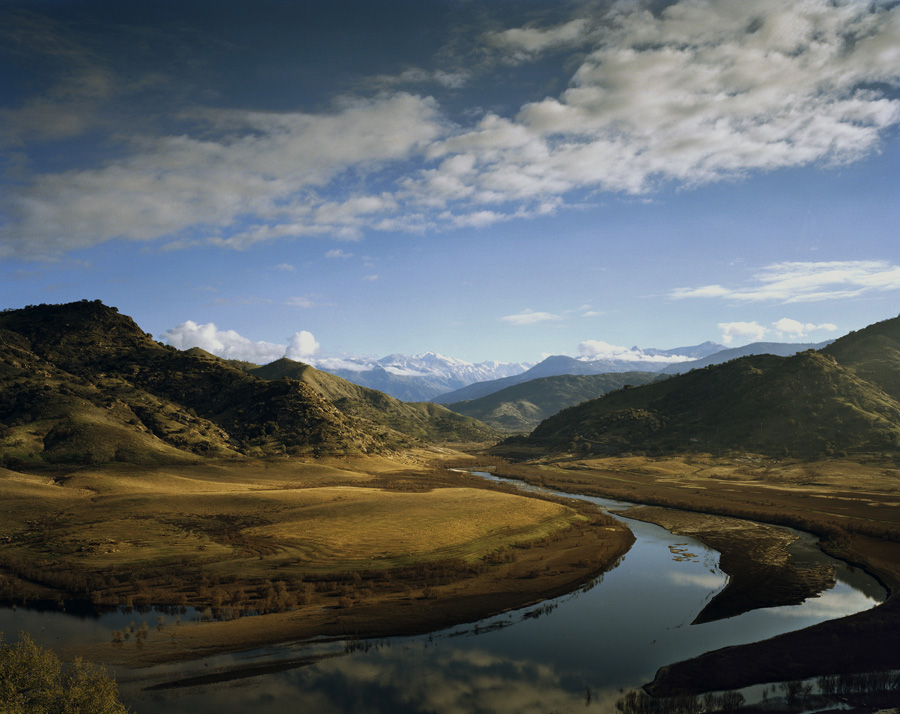

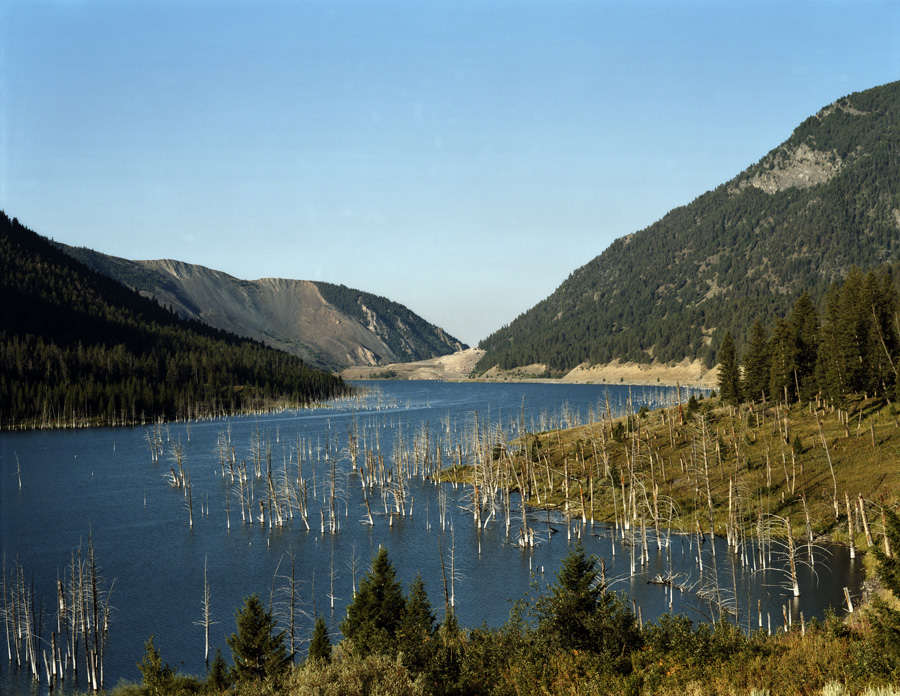
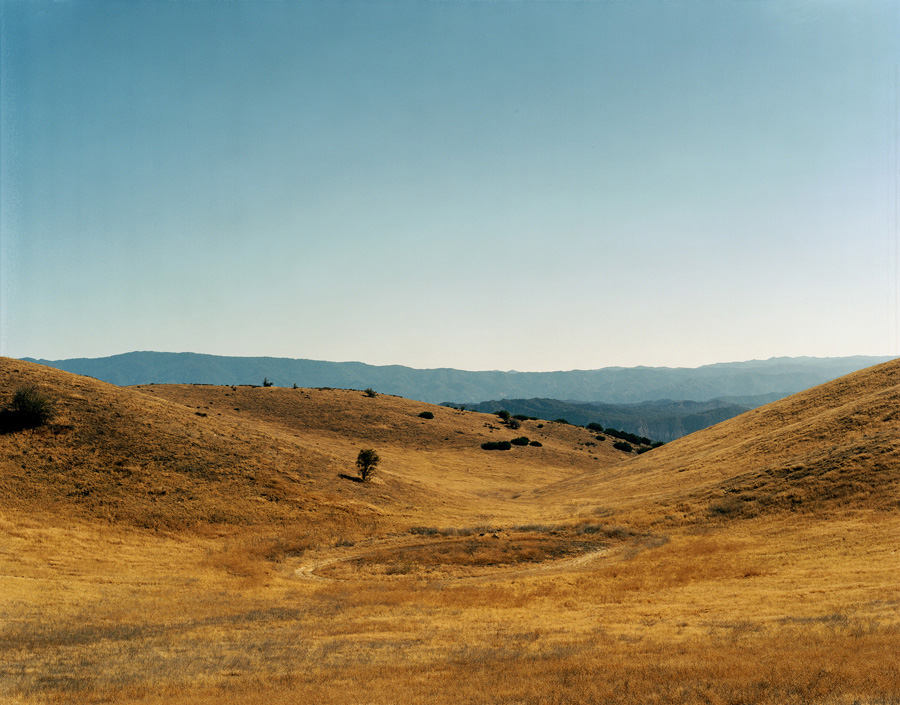
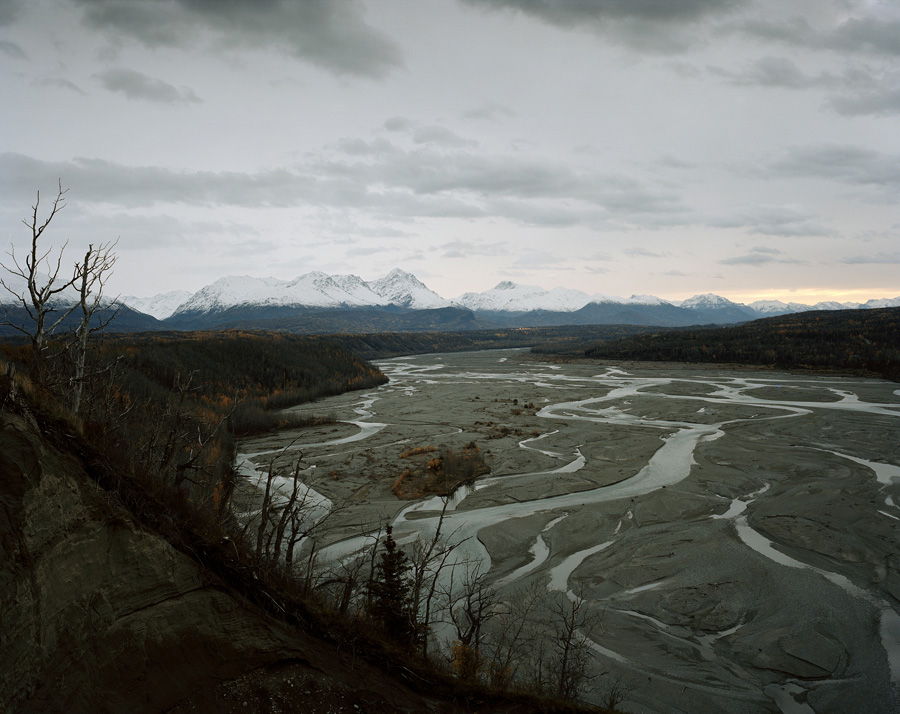
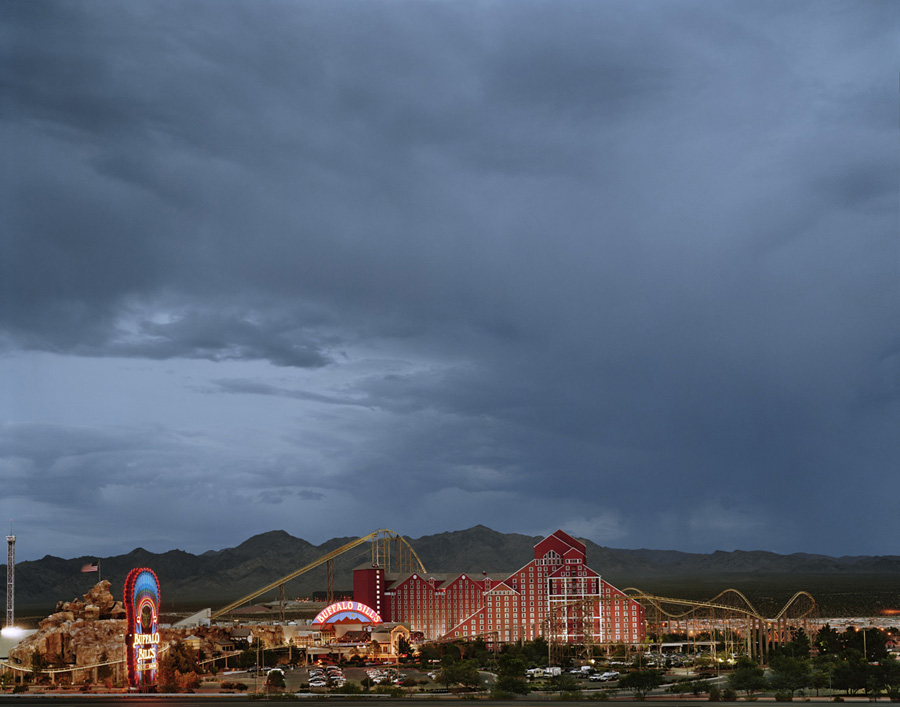
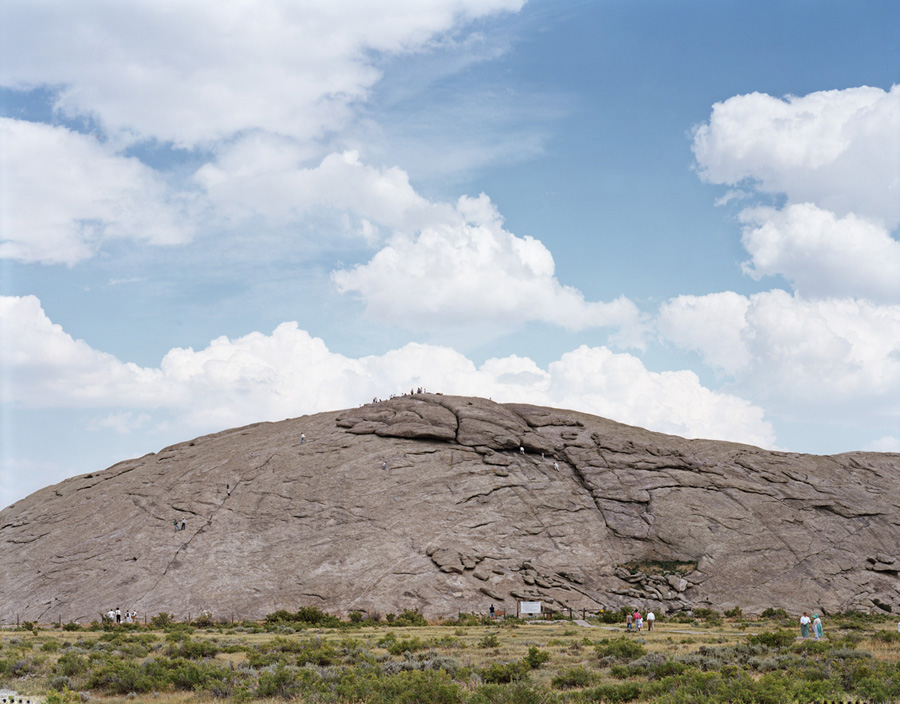
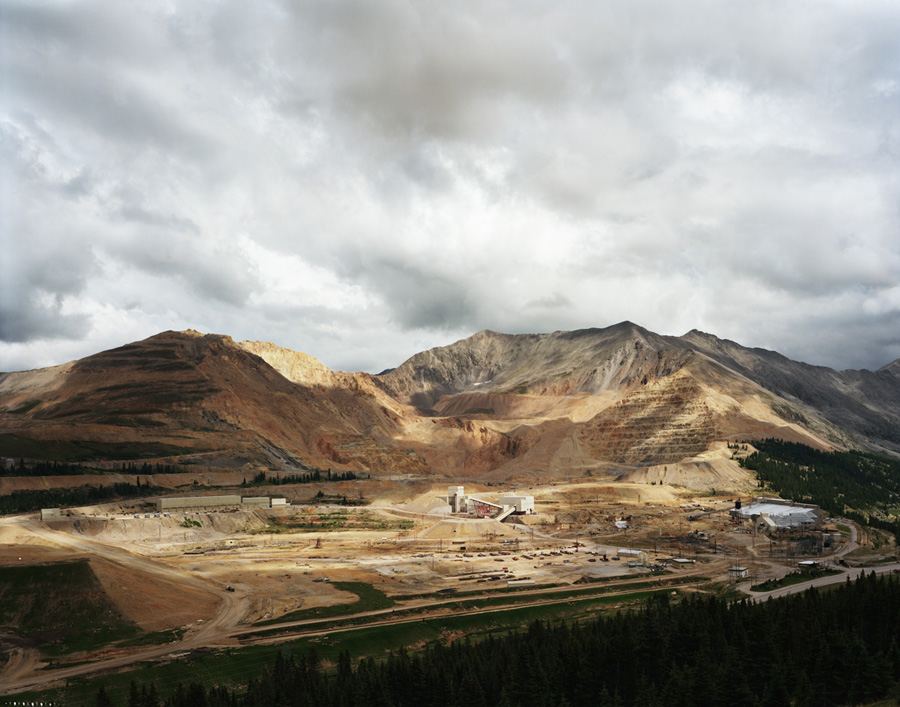
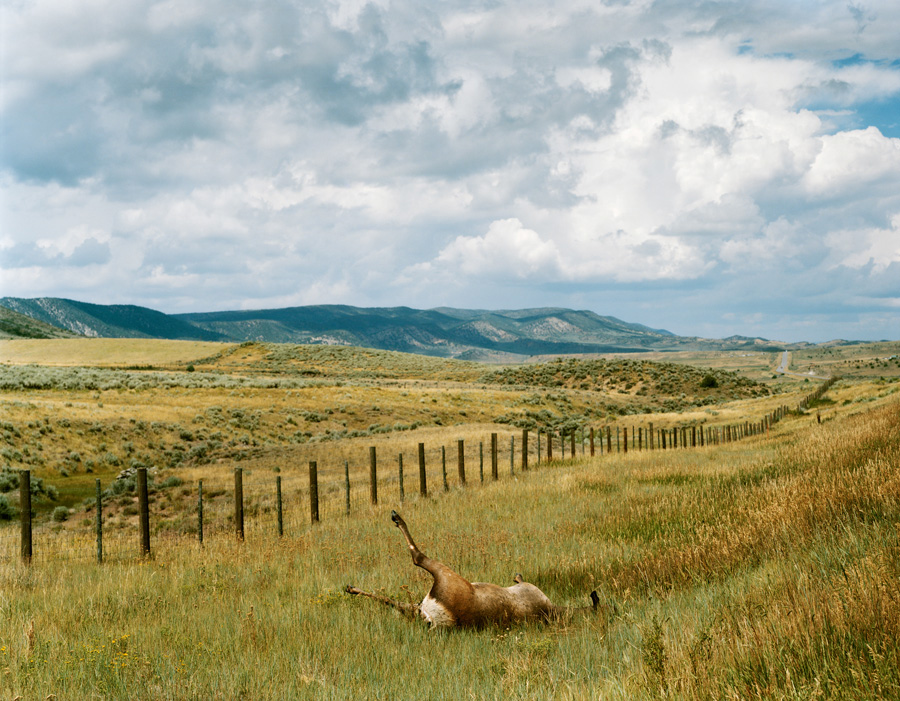
Interview continued
As a city-dweller, I forget there’s untouched wilderness left in the States. Did you have locations in mind going in, or did you find them as you went along?
It is true, there is plenty of room to get lost out there and I think many lose sight of this, including myself at times. And getting lost, on many levels, is a big part of my photographic process. This does not negate the fact that a lot of research and planning happens prior to my hitting the road; however, I am never sure of what it is I will eventually end up photographing. So yes, both at the same time and this requires tons of patience and good fortune.
Do the spots you’ve chosen have any special significance?
All of my photographs have a back-story in regard to how and why I ended up there. In addition there exist the moments that took place before and after, which may or may not be important to anyone but myself.
I think [the photograph] “Independence Rock, Wyoming” sheds light on the process. I first read about Independence Rock in Wallace Stegner’s Mormon Country. The history of this place dates back to the frontier days, when westward expansionists saw the Oregon Trail as a path toward opportunity and new beginnings. Independence Rock, in Natrona County, Wyo., served as a landmark and a major fork in this road. Because of its size in relation to the surrounding barren landscape, it can be seen from hundreds of miles away. The rock itself is covered in hand-chiseled signatures, and for a long time it served as a name registry for the countless number of emigrants that would continue onwards, west towards the Willamette Valley or south towards Salt Lake City. Shortly after my arrival, the large group of Mormon missionaries depicted in the photograph scattered themselves on the rock to pay tribute to their forefathers and visit the LDS-run museum that is nearby. It was a very inspiring moment for all.
I’ve heard artists like Catherine Opie describe landscape photography as portraiture of a place. Are there similarities between your portraiture and your landscape photography?
I have heard a few artists attempt to lump all their work into the category of “portraiture,” and in all honesty, I am never convinced aside from that it makes for thoughtful conversation. My work is about life, and often this is bigger then just the human experience. It is my understanding that a portrait is about people, but sometimes life happens without people. The similarity is in the approach. I equally respect and cherish both land and the very giving people in my life.
How do you set up these shots? Is there anything particularly tricky about photographing these landscapes?
There is very little setup that goes into my pictures other then long drives, careful scouting, and an occasional back-breaking scramble. Landscape photography is inherently tricky because I am always at the complete mercy of the elements. I’d be lying if I told you I haven’t lost a photograph or two because of gale force winds, torrential precipitation, or the fear of being struck by lighting. Also, waiting for and capturing good light is the hardest part—patience is virtue in this game and being prepared is essential.
In some respects, the photographs in this series remind me of representations of the West by writers like Annie Proulx—open and desolate places marked to varying degrees by human presence. Are there artistic representations of the West and the Southwest that you particularly enjoy or appreciate and that have inspired this work?
There are many and it is impossible to list them all. The writings of Edward Abbey, Timothy Egan, Gretel Ehrlich, and Wallace Stegner fuel my vision. The lives of Edweard Muybridge, Everett Ruess, and Jack London push me to get outside and explore. The relationship that Western native cultures have with land and animals inspires me to appreciate deeply an interconnectedness that is too often ignored.
Any noteworthy future projects in the works?
I have started working in collaboration with some very great people, uprooting the unsolved murder of a teenage girl that took place in Cedar Rapids, Iowa during the summer of 1970. Lots of detective work, interviews, and discoveries about a very complicated, and yet painfully transparent community. Other then that, I am just thrilled to be finally living in the West again, making inspired work right outside my back door.
